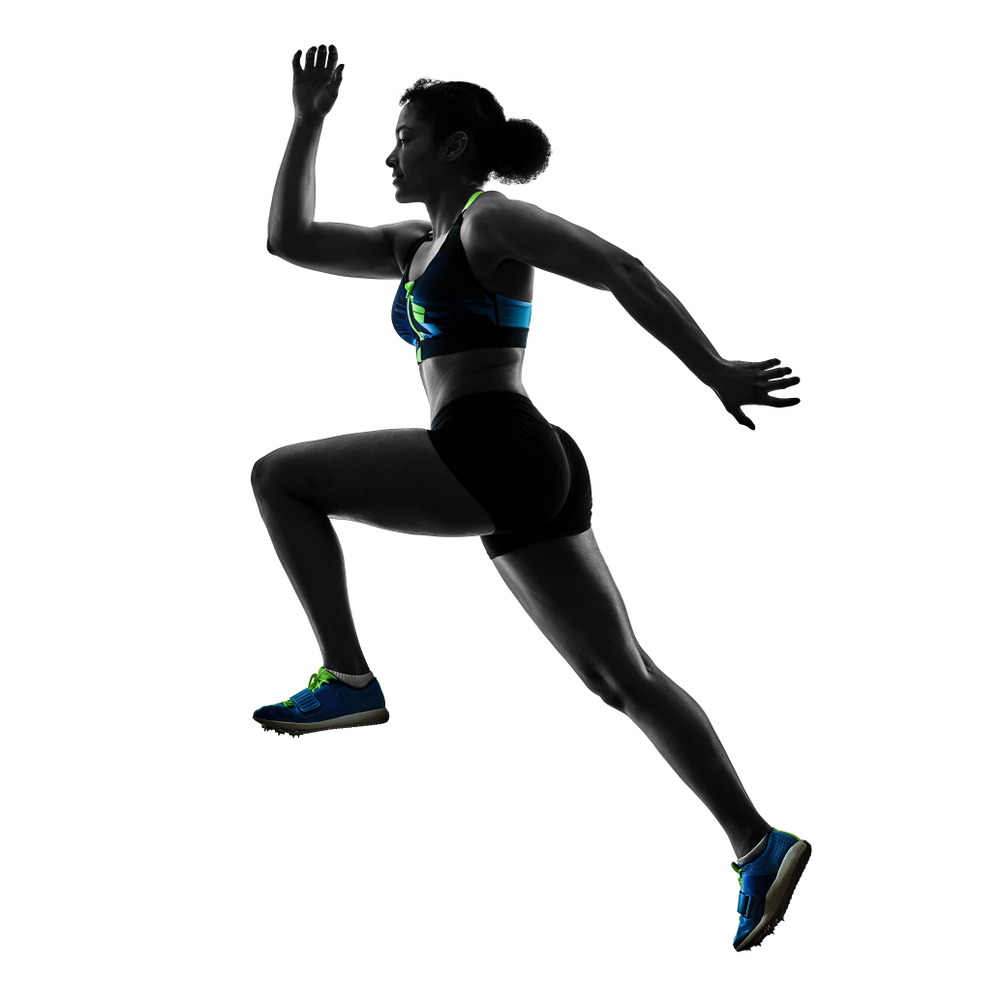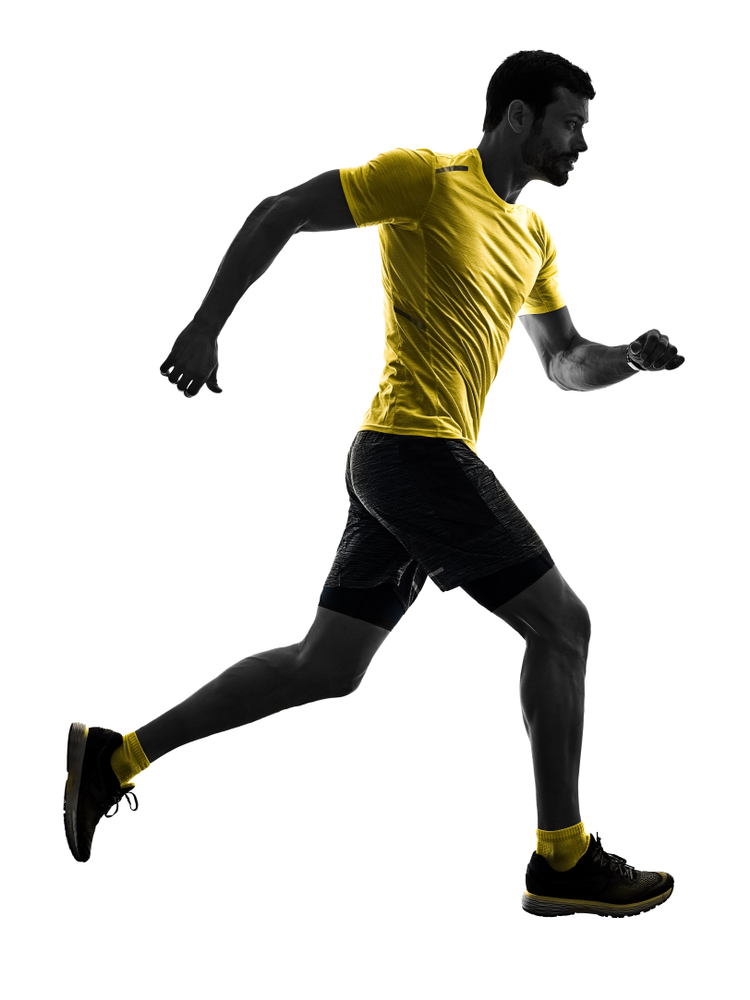Most professional athletic associations require that strength and aerobic endurance tests are conducted periodically. These tests are designed to measure the athletes’ ability to perform a specific physical activity for a specified amount of time, usually in an endurance contest such as the decathlon, track and field events or swimming. They allow coaches to evaluate players’ performances in key areas of their respective sports. In addition, the athlete’s performance in these tests may be used in deciding if players are improving or not improving in their game.
There are many different kinds of strength tests. Some of them include the grip strength test, the one-handed dead lift, and the sit-up test among others. To properly perform a strength test, it is necessary for a player to have perfect technique when performing the actual physical activity that he is being tested on. Before the actual game, his training and conditioning coach will inform him about the type of strength test he is being given and how long he has to complete it in order to be eligible to take the results.
One of the most commonly used strength tests is the grip strength test. In this test, an anchor is placed on the player’s hand and his muscles are tied one after another. After a certain period, the player is required to shake the weight in a forced manner. The force applied is equal to the weight of the anchor multiplied by his own body weight. The maximum force generated during this activity is the maximum allowed by gravity.
Another type of strength test measures the power output or the force obtained during dynamic (active) and normal resting breathing. In a normal resting breathing process, a player’s lungs are fully expanded and air is exchanged between the lungs and the stomach. This force is then measured by attaching a meter to the athlete’s body. The maximum test measures the amount of power generated during normal breathing while the athlete is sitting still. This test is more accurate than the maximum amount of power expressed during dynamic activity. The metabolic rate is also determined by this type of test.
Fitness testing can also measure the level of the strength of specific muscles. These tests are also divided into static and dynamic activities. Static exercises (exercises that don’t require the use of any weight) include push-ups, pull-ups, dips, squats, and deadlifts. Examples of dynamic activities include power lifting, swimming, rowing, basketball, gymnastics, and track events.
Finally, a strength test measures the efficiency of muscular movements or functional abilities. For example, a test measures the speed with which an individual moves objects. The test measures the time it takes for an individual to rotate his or her arm from the shoulder with a given rotation speed. In a performance test, an athlete is assessed on aspects such as speed, jumping, throwing, and catching. A specific motor skill is tested by using a mouse and the athlete is required to follow a computerized game.




